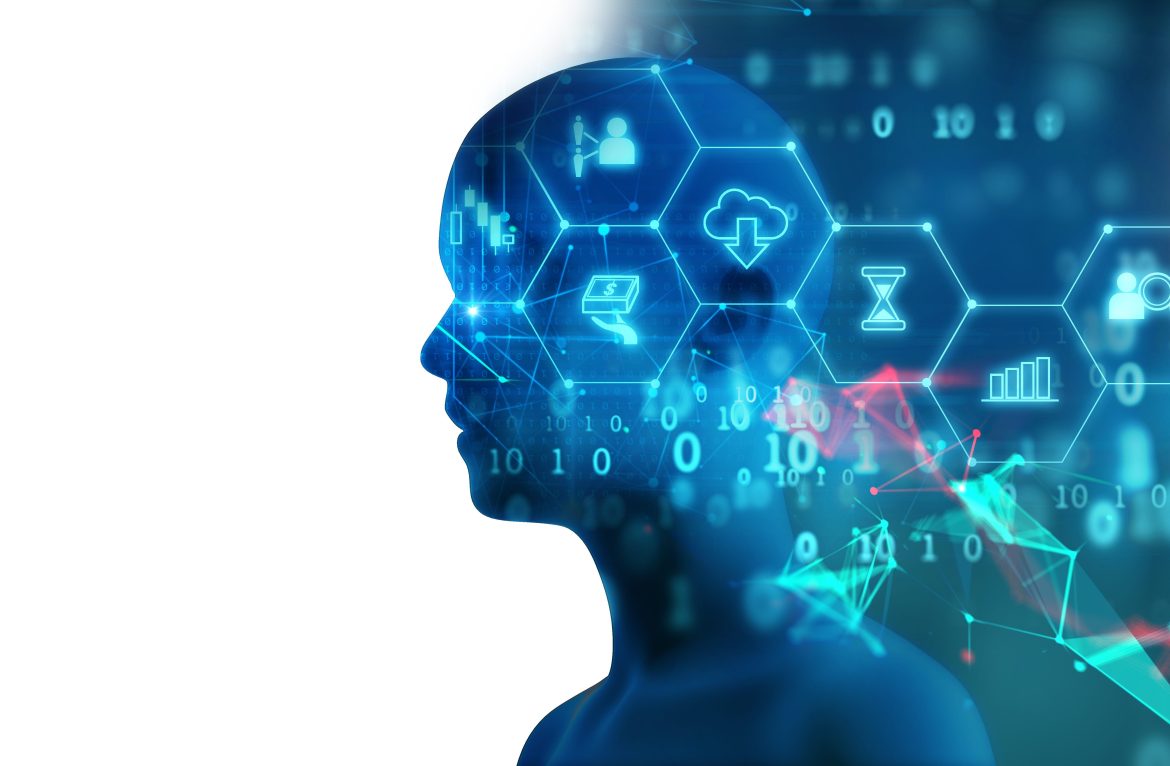In the ever-evolving landscape of document digitization, Optical Character Recognition (OCR) plays a pivotal role in converting printed or handwritten text into machine-readable text. As organizations increasingly rely on OCR technology to extract valuable information from documents, the need for optimizing OCR performance becomes paramount. In this expert article, we delve into the world of OCR and explore how neural networks and deep learning techniques can be harnessed to enhance OCR accuracy and efficiency.
Understanding Optical Character Recognition (OCR)
Before delving into optimization techniques, let’s briefly understand what OCR is and its significance. OCR is a technology that enables computers to recognize and extract text from images or scanned documents. It has widespread applications in industries such as finance, healthcare, legal, and more, where digitizing and processing large volumes of documents is a common practice.
Challenges in OCR
OCR technology has come a long way, but it still faces several challenges, including:
1. Variability in Fonts and Languages
Documents can be written in various fonts and languages, making it challenging for OCR systems to accurately recognize text. Neural networks can help by learning patterns and variations in fonts and languages.
2. Handwritten Text Recognition
Recognizing handwritten text poses a significant challenge due to the inherent variability in handwriting styles. Deep learning models, such as recurrent neural networks (RNNs) and convolutional neural networks (CNNs), have shown promise in improving handwritten text recognition.
3. Document Layout and Formatting
OCR must consider the layout and formatting of documents, as text can appear in different orientations, sizes, and positions. Convolutional neural networks can be used to detect and extract text regions effectively.
4. Noisy and Poor-Quality Scans
Scanned documents may suffer from noise, low resolution, or other artifacts, making text recognition difficult. Preprocessing techniques like image enhancement and denoising, coupled with deep learning, can mitigate these issues.
Leveraging Neural Networks for OCR
Neural networks have revolutionized OCR by enabling machines to learn and adapt to the complexities of text recognition. Here are some ways neural networks can be utilized for OCR optimization:
1. Convolutional Neural Networks (CNNs)
CNNs are well-suited for image-related tasks and have been widely adopted in OCR systems. They excel at feature extraction and can identify text regions in images effectively. Transfer learning using pretrained CNNs can also expedite OCR development.
2. Recurrent Neural Networks (RNNs)
RNNs are particularly useful for handling sequential data, making them suitable for recognizing handwriting and cursive text. Long Short-Term Memory (LSTM) networks, a type of RNN, have shown exceptional results in handwritten text recognition.
3. Attention Mechanisms
Attention mechanisms enhance OCR performance by allowing the model to focus on relevant parts of the image. Models like the Transformer architecture have successfully incorporated attention mechanisms to improve text recognition accuracy.
4. Data Augmentation
Data augmentation techniques, such as rotation, scaling, and distortion, can help neural networks generalize better to different document layouts and fonts. These techniques can significantly boost OCR performance on diverse datasets.
Training and Fine-Tuning OCR Models
Training OCR models with neural networks involves the following steps:
1. Data Collection and Preparation
Gathering a diverse dataset of images containing text is crucial. This dataset should cover various fonts, languages, and document types. Proper labeling and preprocessing of images are essential for training.
2. Model Selection
Choosing the appropriate neural network architecture depends on the specific OCR task. Experimentation may be necessary to determine the best-performing model for a given dataset.
3. Training
During training, the model learns to recognize text patterns by adjusting its parameters. Fine-tuning and transfer learning can accelerate training by starting with pretrained models.
4. Evaluation and Validation
Regular evaluation using validation datasets helps monitor the model’s performance. Metrics such as accuracy, precision, recall, and F1-score are commonly used to assess OCR models.
Hyperparameter Tuning and Optimization
Fine-tuning the hyperparameters of neural networks is crucial for achieving optimal OCR performance. Parameters like learning rate, batch size, and dropout rates can significantly impact the model’s convergence and accuracy. Employing techniques like grid search or Bayesian optimization can help identify the best hyperparameters for your OCR task.
Handling OCR Post-Processing
Even with advanced neural network models, OCR may still produce errors. Post-processing steps, such as spell checking, grammar correction, and context analysis, can further refine the extracted text’s quality and accuracy.
Real-World Applications
The application of OCR with neural networks extends to various real-world scenarios, including:
Document Digitization
Organizations use OCR to convert paper documents into searchable digital formats, streamlining information retrieval and document management.
Automated Data Entry
OCR-powered data entry systems can automate the extraction of data from invoices, receipts, and forms, reducing manual data entry efforts and errors.
Accessibility
OCR technology plays a crucial role in making printed materials accessible to individuals with visual impairments. Text-to-speech systems rely on OCR to read aloud scanned text.
Conclusion
Optimizing OCR performance through neural networks and deep learning techniques has revolutionized the field of document digitization. With the continuous advancements in neural network architectures and the availability of large labeled datasets, OCR systems are becoming increasingly accurate and adaptable. By understanding the challenges, leveraging the power of neural networks, and fine-tuning OCR models, organizations can unlock the full potential of OCR technology in various domains, ultimately leading to improved efficiency and productivity.

